Capturing the magic of the night sky within a landscape photograph has always been a thrilling challenge for me. There's something utterly mesmerising about blending the earthly elements with the celestial canvas above.
Understanding Astrophotography Basics
Astrophotography isn't just about pointing your camera at the stars – it's about creating a narrative that connects the terrestrial and celestial worlds. The key is understanding how to balance landscape elements with the intricate details of the night sky.
I typically use a Canon R5 mirrorless camera mounted on a sturdy tripod, which provides the stability essential for long exposures. My go-to lens is a wide-angle Canon 15-35mm 2.8, perfect for capturing expansive night scenes.
Planning Your Night Sky Shoot
Location scouting is crucial. I always recommend finding areas with minimal light pollution – national parks, remote coastal regions, or inland areas far from city lights. Apps like PhotoPills and TPE (The Photographer's Ephemeris) are invaluable for planning shoot locations and tracking the Milky Way's position.
Key Planning Considerations:
● Check moon phases (new moon provides darkest skies although i actually prefer a little moon to light my foreground)
● Monitor weather conditions
● Identify interesting landscape features
● Research local astronomical events
Camera Settings for Stellar Landscapes
Getting the right camera settings is like solving a complex puzzle. I typically start with these baseline settings:
- ISO: unlike a lot of other photographers I usually use auto ISO as its one less setting to worry about
- Aperture: f/2.8 or f/4
- Shutter speed: 15-30 seconds (depending on focal length) I always like to expose a stop over to help eliminate noise, its far better to pull down your exposure in post than try to lift a dark astro image.
- I always prefer to use manual white balance for my astro shots, Kelvin 3400 is a good starting point to work from for a natural image.
The "500 Rule" is a handy technique to prevent star trails. Divide 500 by your lens focal length to determine maximum exposure time before stars start to streak.
Composition Techniques
Composition remains critical in astrophotography. I always look for compelling foreground elements – a lone tree, interesting rock formations or patterns like mud cracks, or coastal landscapes that create a strong visual narrative.
The rule of thirds works brilliantly here. Position the horizon in the lower third, allowing the night sky to dominate the frame. Leading lines can guide the viewer's eye through the image, creating a more engaging composition. Try a portrait orientation too!
Equipment Recommendations
While you don't need the most expensive gear, some key equipment helps:
- Sturdy tripod
- Wide-angle lens with large aperture (f/2.8 ideal)
- Remote shutter release
- Headlamp with red light
- Extra batteries (cold nights drain them quickly)
I'm a big fan of NiSi filters, which can help manage light and enhance night sky images. A good graduated neutral density filter can help balance exposure between foreground and sky. Check out the NiSi Night Sky Filter.
Post-Processing Night Sky Images
Post-processing is where the magic truly happens. I use Adobe Camera RAW and Photoshop to enhance details, reduce noise (the new Adobe Ai denoise is a game changer), and bring out the Milky Way's intricate structures.
Key editing techniques include:
- Careful noise reduction
- Subtle contrast adjustments
- Selective brightening of foreground elements
- Maintaining natural colour temperature
Pro tip: Always shoot in RAW format to maximize post-processing flexibility.
Overcoming Common Challenges
Night photography presents unique challenges. High ISO can introduce noise, while long exposures require precise technique. Don't get discouraged – practice and experimentation are key.
I always say, "You won't get a good photo sitting on the couch." Get out there, experiment, and learn from each shot.
A Final Word
Astrophotography is about capturing moments of extraordinary beauty. It's not just technical skill, but about connecting with the landscape and the infinite universe above.
Whether you're a beginner or experienced photographer, keep pushing your creative boundaries. The night sky offers endless possibilities.
Happy shooting!
Brett Wood




